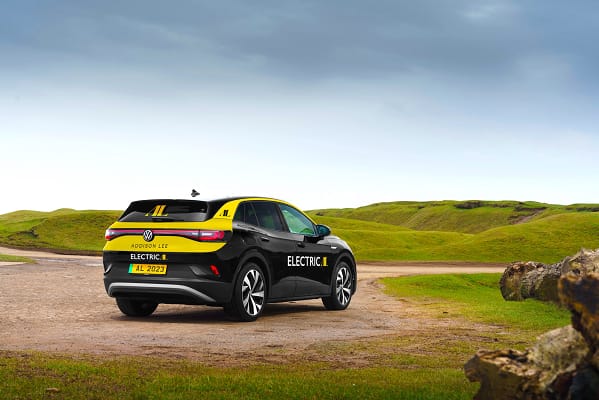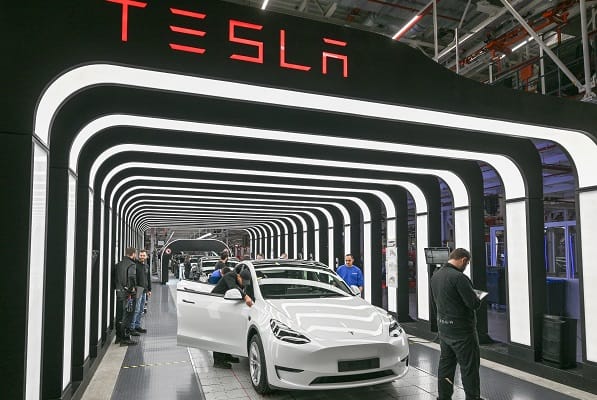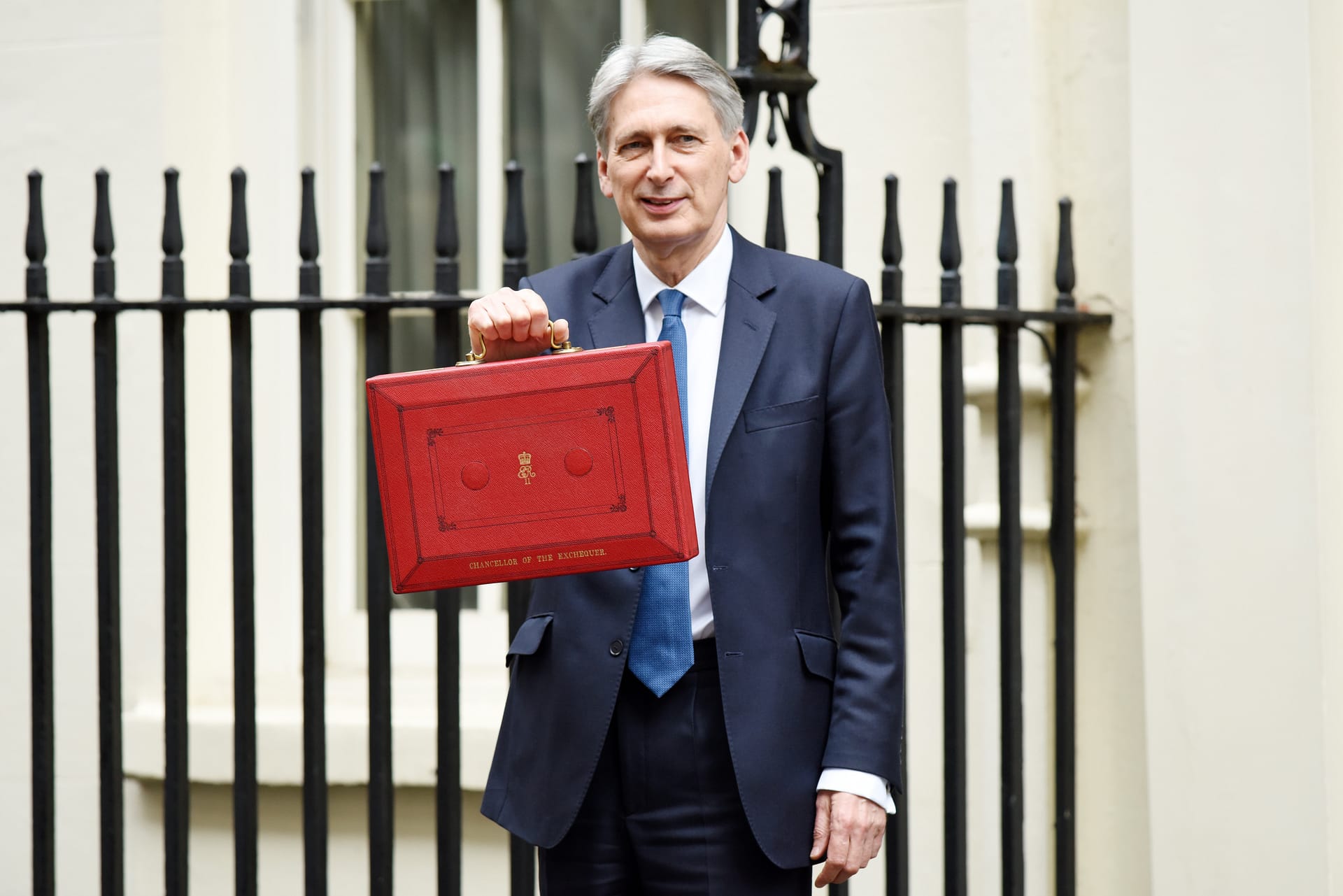I was speaking to an Addison Lee driver last year when the scale of London’s net zero challenge dawned on me. For over a year, the driver had been at the wheel of one of our electric ID4s.
Overall, he had been enjoying the experience. The vehicle felt good to drive, the passengers were positive, and he was doing his bit for the planet.
But there were problems. The cost of charging had skyrocketed. And incentives to drive an EV were vanishing as a result of shifts in government policy.
But it was access to charging that was the biggest challenge. Like many of our drivers, without a driveway and dedicated charger at home, he spent too much precious time searching for an available rapid charging point. There were simply not enough on London’s streets.
He hung his head when he told me he had no option but to move back to a non-electric vehicle. And though it pained me to take this small step backwards in our electrification journey, I understood where he was coming from.
Our journey to electrification
As the first private hire operator in London to introduce EVs at scale, Addison Lee has been a pioneer of electrification in the capital. In 2021 we brought the first Volkswagen ID4s onto our standard fleet, with a target to be fully electric by the end of 2023.
To date, we have invested over £100m in battery electric and zero emissions capable vehicles. We currently have over 1,000 fully electric VW ID.4s on our standard fleet, 400 Audi A6 zero-emission capable vehicles on our executive fleet, and 600 zero-emission capable VW multivans on our passenger fleet.
We’ve also invested significantly in the charging infrastructure to help give drivers access to reliable charging options. This has included partnerships with bp pulse, ChargePoint and Bonnet, as well the installation of ultra-rapid charging points at our West Drayton fleet hub.
However, we have faced significant challenges. Because right now, there is neither the availability of vehicles nor robust enough charging infrastructure in London to go fully electric at speed and scale.
So, while we remain committed to operating a zero emissions fleet, we need to be pragmatic about how we achieve this. That’s why we’ve invested in a broader range of sustainable options and expect to see our entire standard passenger fleet zero emission capable by April 2024.
Increase infrastructure investment
We need to see urgent action to make sure that Addison Lee, as well as other fleets operating in London, can successfully transition to fully electric as quickly as possible.
Today, the reliability and availability of charging infrastructure remains the most significant barrier to this. Because despite public and private sector efforts, the public charging network provision remains insufficient, inefficient and inconsistent.
This challenge has been exacerbated by the pushback of the ICE ban from 2030 to 2035. Where charging providers once had confidence that a 2030 ban meant a guaranteed increase in the number of electric vehicles on the road – and therefore a greater need for charging provision across the city – they no longer have this assurance, putting the roll-out of further infrastructure at risk.
And without further infrastructure investment, we’ll never see electrification at the scale we need to achieve London’s net zero goal.
Retain important incentives to electrify
Infrastructure is not the only critical factor to support further electrification. Offering meaningful incentives is vital to encourage more drivers to make the switch.
That’s why we’re asking the Mayor of London to reconsider his plans to abolish the congestion charge exemption for EVs – known as the Cleaner Vehicle Discount (CVD).
We believe that removing this incentive will make it more costly to operate electric vehicles in the capital and jeopardise his net zero 2030 ambition for the city.
And, extending the exemption to 2030 would send an important signal at a time when PHV and other fleet operators are looking to invest in EVs and shift away from ICE vehicles.
Sharing our electrification experience
Some people have asked me why I’ve been so open about the challenges we’ve faced in electrifying our fleet.
It’s because, as early adopters of EVs, we’ve been trailblazers for the wider private hire and mobility sector in the capital. And it’s in all our interests to make this shift a success. So why wouldn’t we openly share our experience and learnings from the journey we’ve been on?
But ultimately, it’s because I want to be able to look that driver in the eye knowing that we’ve done everything we can – as a company, as a sector and as a city – to make it easy and affordable for everyone to make the switch to an electric vehicle in London.




Leave a Comment